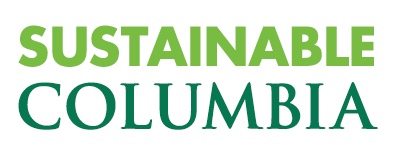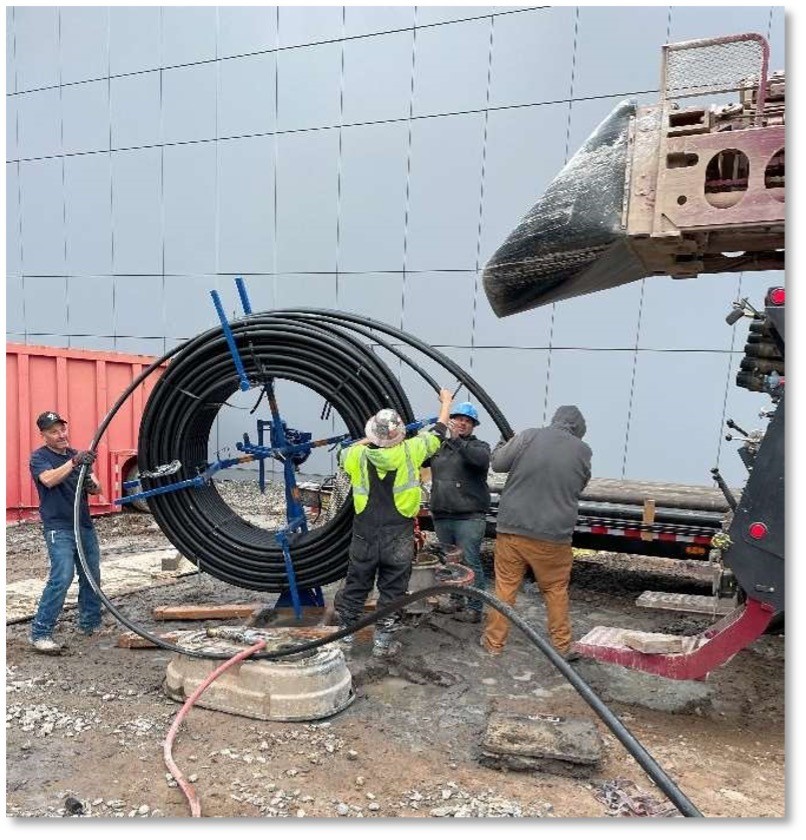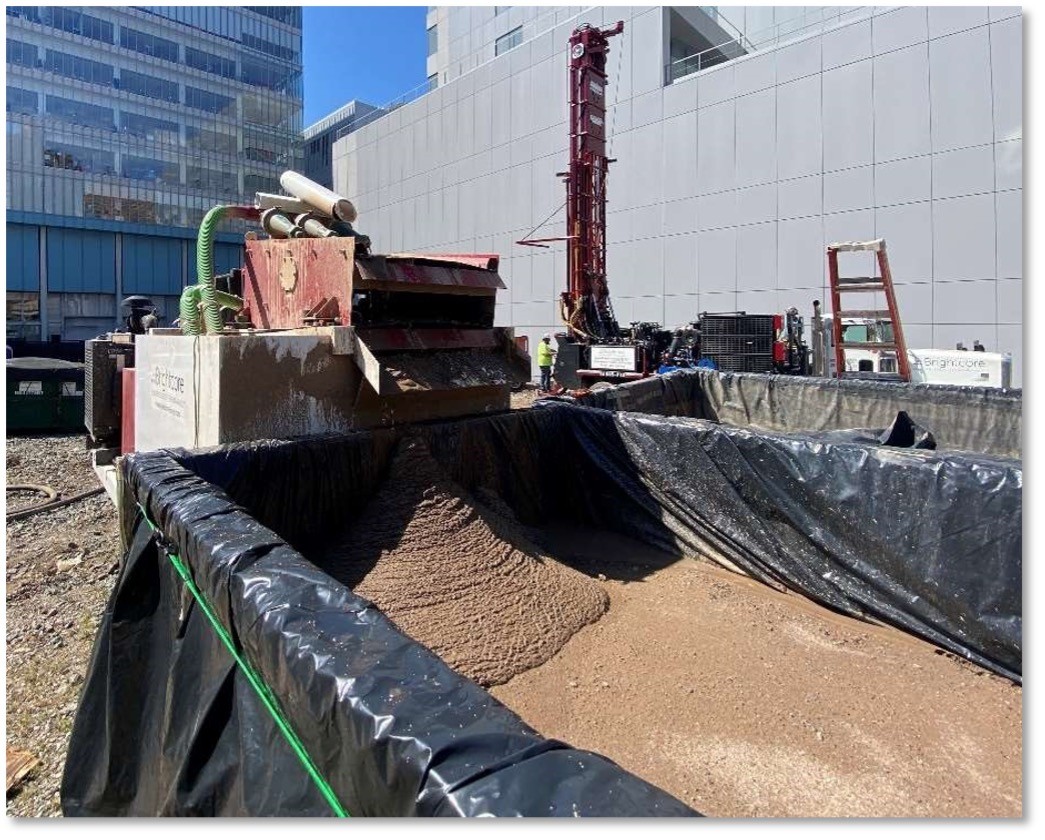In 2023, Columbia’s Manhattanville Development Group (MDG) partnered with Salas O’Brien to embark on an innovative geothermal test project at Manhattanville Campus’s Site 6. This ongoing evaluation of geothermal energy intends to provide a long-term strategic plan to achieve fossil-free heating infrastructure for all new site developments at Manhattanville.
The project entailed drilling an 800-foot-deep test bore and executing a thermal conductivity test to obtain precise thermal and geological data from the site. With this data, MDG and Salas aim to evaluate the feasibility of a closed-loop ground-source heat pump (GHP) heat exchange system.
Such a system uses sensors and an automatically regulating feedback loop to maintain a desired state or set point without human interaction. GHP exchange system viability depends on latitude and ground temperatures ranging from 45 degrees to 75 degrees Fahrenheit (warmer than the air above it during the winter and cooler than the air in the summer). A closed-loop GHP takes advantage of these more favorable temperatures by exchanging heat with the earth through a ground heat exchanger.
MDG and Salas acquired a mining permit – the first approved in New York City – to begin the project, which ensured compliance with New York State regulations given that the borehole's depth exceeded 500 feet. The test drilling program included installing a test bore, performing drift surveys, installing a U-loop in the bore, and executing thermal conductivity testing.
What is a U-loop?
In a vertical-bore ground-source heat pump system, the U-loop allows heat exchange between the ground and the surface. To install a vertical loop, a contractor uses well-drilling equipment to bore a 6-8 inch diameter vertical hole into the ground to depths greater than 200 feet. A single pipe loop with a U-bend at the bottom is then inserted in the hole.
Based on the bore data gathered and considering future building heating and cooling needs, Salas O’Brien concluded that 70 to 80 boreholes, each 800 feet deep with 20-foot spacing, could fulfill the site's heating and cooling requirements. The findings confirmed the feasibility of closed-loop boreholes for the Manhattanville Campus.
The installation of the geothermal system would avoid significant CO2 emissions in the long run as Columbia looks to harness renewable energy in lieu of fossil fuels.
“Embracing geothermal technology at Manhattanville underscores our commitment to pioneering sustainable infrastructure and sets a new standard for urban development,” said Jim Sugaste, Executive Director for Technical Services and Construction Delivery at Manhattanville Development Group. “By tapping into the earth's stable temperatures, we're not just aiming to reduce our carbon footprint; we're reimagining what it means to build responsibly in the heart of New York City. This project is a testament to Columbia's leadership in driving meaningful change and our relentless pursuit of solutions that benefit our community and the environment.”
MDG’s goal is to incorporate geothermal systems into all future developments in Manhattanville.


